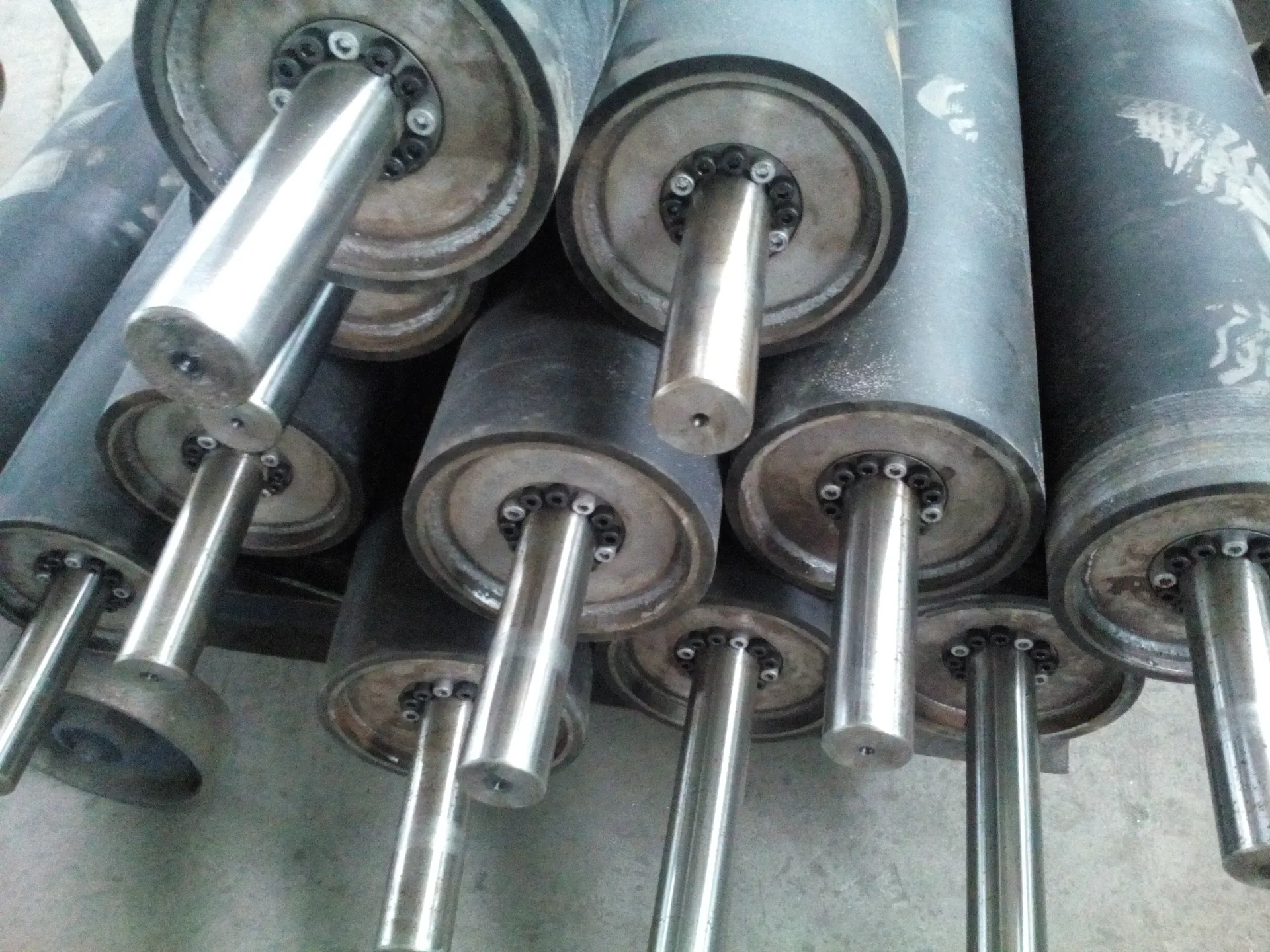 Afrikaans
Afrikaans  Albanian
Albanian  Amharic
Amharic  Arabic
Arabic  Armenian
Armenian  Azerbaijani
Azerbaijani  Basque
Basque  Belarusian
Belarusian  Bengali
Bengali  Bosnian
Bosnian  Bulgarian
Bulgarian  Catalan
Catalan  Cebuano
Cebuano  Corsican
Corsican  Croatian
Croatian  Czech
Czech  Danish
Danish  Dutch
Dutch  English
English  Esperanto
Esperanto  Estonian
Estonian  Finnish
Finnish  French
French  Frisian
Frisian  Galician
Galician  Georgian
Georgian  German
German  Greek
Greek  Gujarati
Gujarati  Haitian Creole
Haitian Creole  hausa
hausa  hawaiian
hawaiian  Hebrew
Hebrew  Hindi
Hindi  Miao
Miao  Hungarian
Hungarian  Icelandic
Icelandic  igbo
igbo  Indonesian
Indonesian  irish
irish  Italian
Italian  Japanese
Japanese  Javanese
Javanese  Kannada
Kannada  kazakh
kazakh  Khmer
Khmer  Rwandese
Rwandese  Korean
Korean  Kurdish
Kurdish  Kyrgyz
Kyrgyz  Lao
Lao  Latin
Latin  Latvian
Latvian  Lithuanian
Lithuanian  Luxembourgish
Luxembourgish  Macedonian
Macedonian  Malgashi
Malgashi  Malay
Malay  Malayalam
Malayalam  Maltese
Maltese  Maori
Maori  Marathi
Marathi  Mongolian
Mongolian  Myanmar
Myanmar  Nepali
Nepali  Norwegian
Norwegian  Norwegian
Norwegian  Occitan
Occitan  Pashto
Pashto  Persian
Persian  Polish
Polish  Portuguese
Portuguese  Punjabi
Punjabi  Romanian
Romanian  Russian
Russian  Samoan
Samoan  Scottish Gaelic
Scottish Gaelic  Serbian
Serbian  Sesotho
Sesotho  Shona
Shona  Sindhi
Sindhi  Sinhala
Sinhala  Slovak
Slovak  Slovenian
Slovenian  Somali
Somali  Spanish
Spanish  Sundanese
Sundanese  Swahili
Swahili  Swedish
Swedish  Tagalog
Tagalog  Tajik
Tajik  Tamil
Tamil  Tatar
Tatar  Telugu
Telugu  Thai
Thai  Turkish
Turkish  Turkmen
Turkmen  Ukrainian
Ukrainian  Urdu
Urdu  Uighur
Uighur  Uzbek
Uzbek  Vietnamese
Vietnamese  Welsh
Welsh  Bantu
Bantu  Yiddish
Yiddish  Yoruba
Yoruba  Zulu
Zulu conveyor idler frames
Understanding Conveyor Idler Frames The Backbone of Material Handling Systems
Conveyor systems are essential to various industries, including mining, manufacturing, and logistics. One critical component of these systems is the conveyor idler frame, which plays a pivotal role in the overall functionality and efficiency of material handling. This article delves into the features and significance of conveyor idler frames, exploring their design, applications, and impact on operational performance.
What are Conveyor Idler Frames?
Conveyor idler frames are the structural components that support the idlers—rollers that carry the conveyor belt and materials transported on it. These frames are designed to hold and stabilize the idlers in place, ensuring that the conveyor belt remains aligned and operates smoothly. The frames are generally made from robust materials like steel or aluminum, providing the necessary strength to withstand the weight and stress imposed by heavy loads.
Design Features
The design of conveyor idler frames is crucial for the effective operation of conveyor systems. Here are some important features to consider
1. Material Strength The frame must be constructed from high-strength materials that can bear the weight of the transported materials and endure environmental stresses, including moisture, temperature variations, and potential chemical exposure.
2. Modularity Many modern idler frames offer a modular design. This feature allows for easy assembly and disassembly, enabling quick repairs or replacements. Modularity also facilitates customization to meet specific operational requirements.
3. Load Capacity Idler frames are designed to accommodate specific load capacities. It's essential to select frames that can handle the weight of the loads being transported to prevent premature failure or a decrease in performance.
4. Alignment and Stability A well-constructed idler frame ensures proper alignment of idlers, minimizing belt wear and enhancing the overall efficiency of the conveyor system. Stability is key to preventing misalignment and disruptions during operation.
conveyor idler frames

Applications
Conveyor idler frames are utilized across various industries, playing a vital role in several applications
- Mining In the mining industry, conveyor systems transport heavy materials over long distances
. The idler frames must be robust enough to handle the significant loads and the harsh underground conditions.- Manufacturing Assembly lines often employ conveyor systems to move products between stations. Idler frames are crucial for ensuring that the belts run smoothly, contributing to enhanced productivity and reduced downtime.
- Logistics Warehouses and distribution centers rely heavily on conveyor systems for efficient material handling. The reliability of idler frames directly impacts the speed and accuracy of inventory management and order fulfillment processes.
Impact on Efficiency and Performance
The quality of conveyor idler frames has a profound impact on the overall efficiency of conveyor systems. Well-designed frames contribute to reduced wear and tear on conveyor belts, resulting in lower maintenance costs and longer lifespans for both the belts and idlers. Furthermore, a properly aligned and stable system reduces the risk of belt misalignment, which can lead to disruptions and costly downtime.
Investing in high-quality idler frames can significantly enhance the operational reliability of conveyor systems. Businesses that prioritize strong, resilient, and well-designed idler frames can expect improved material handling efficiency, leading to increased profitability.
Conclusion
In conclusion, conveyor idler frames are integral components of material handling systems that significantly influence their performance and reliability. Understanding their design features, applications, and effects on operational efficiency is crucial for businesses looking to optimize their conveyor systems. By choosing the right idler frames and investing in quality materials and construction, companies can enhance their operational efficiency and ensure the longevity of their conveyor systems. Emphasizing the importance of these frames leads to a more robust material handling solution in any industry.
-
Revolutionizing Conveyor Reliability with Advanced Rubber Lagging PulleysNewsJul.22,2025
-
Powering Precision and Durability with Expert Manufacturers of Conveyor ComponentsNewsJul.22,2025
-
Optimizing Conveyor Systems with Advanced Conveyor AccessoriesNewsJul.22,2025
-
Maximize Conveyor Efficiency with Quality Conveyor Idler PulleysNewsJul.22,2025
-
Future-Proof Your Conveyor System with High-Performance Polyurethane RollerNewsJul.22,2025
-
Driving Efficiency Forward with Quality Idlers and RollersNewsJul.22,2025





























